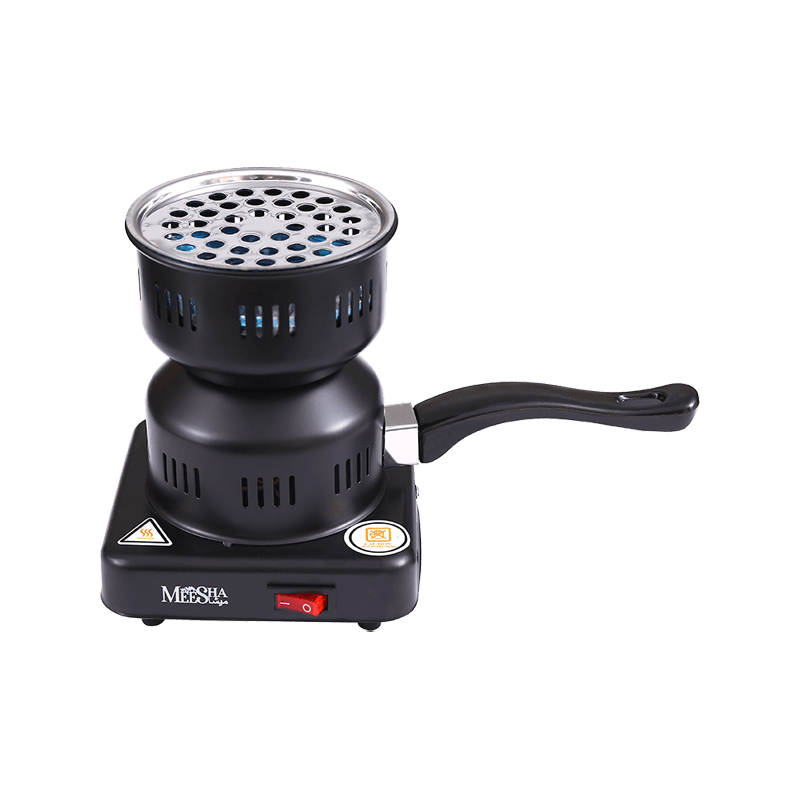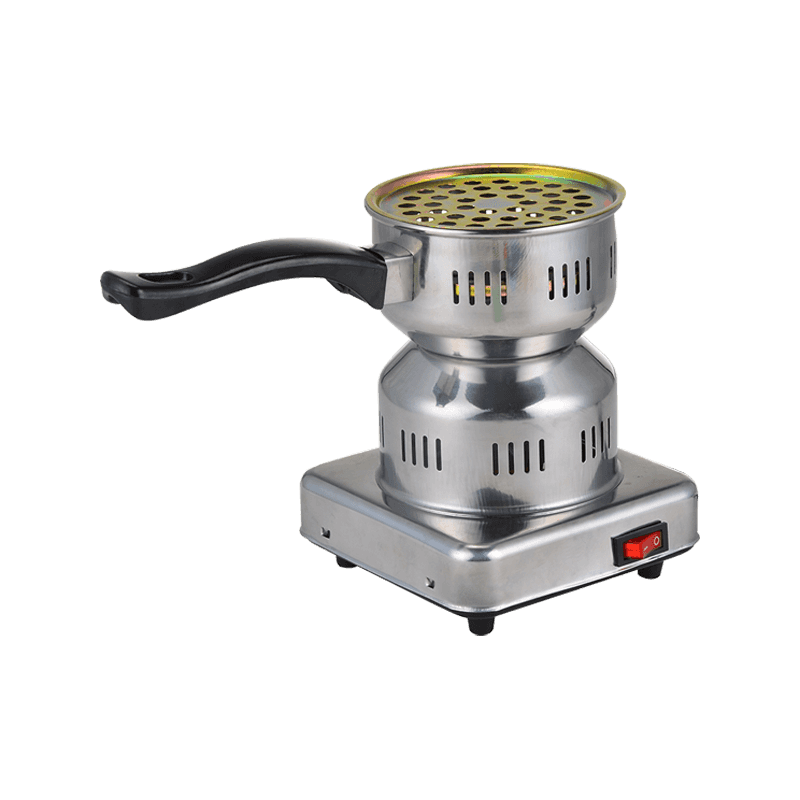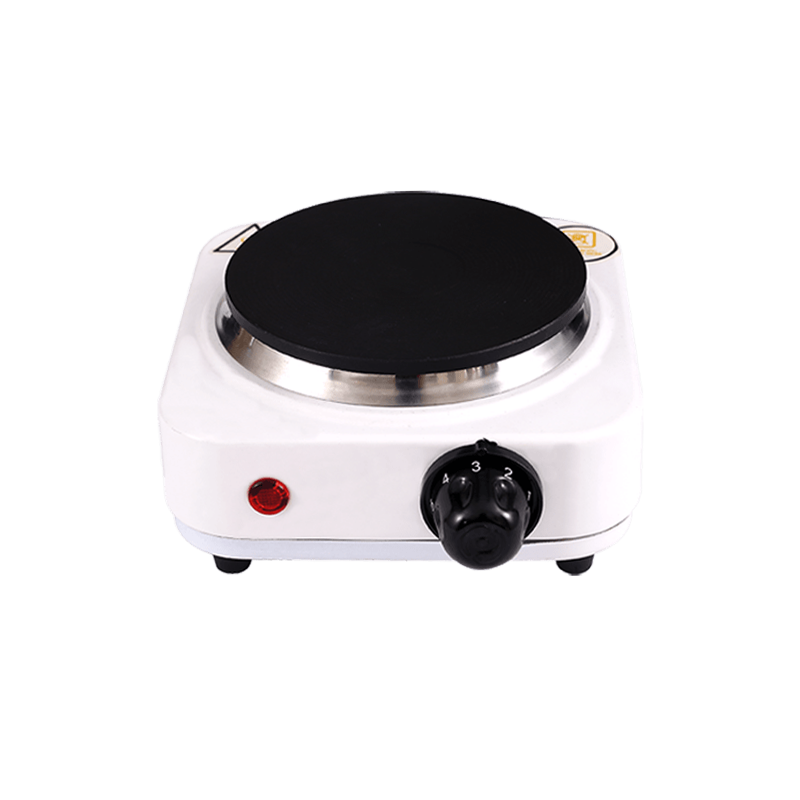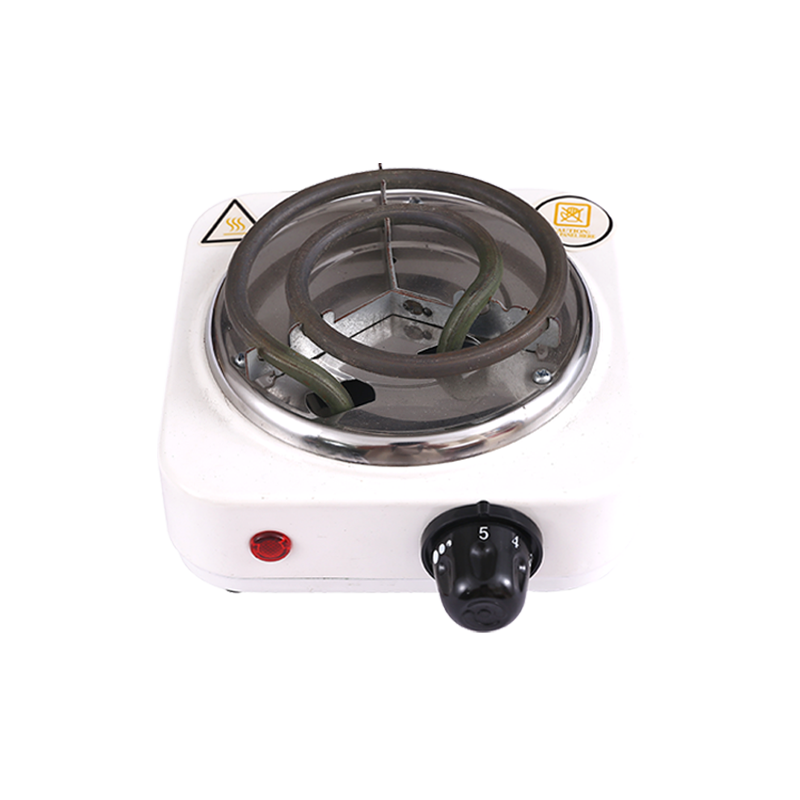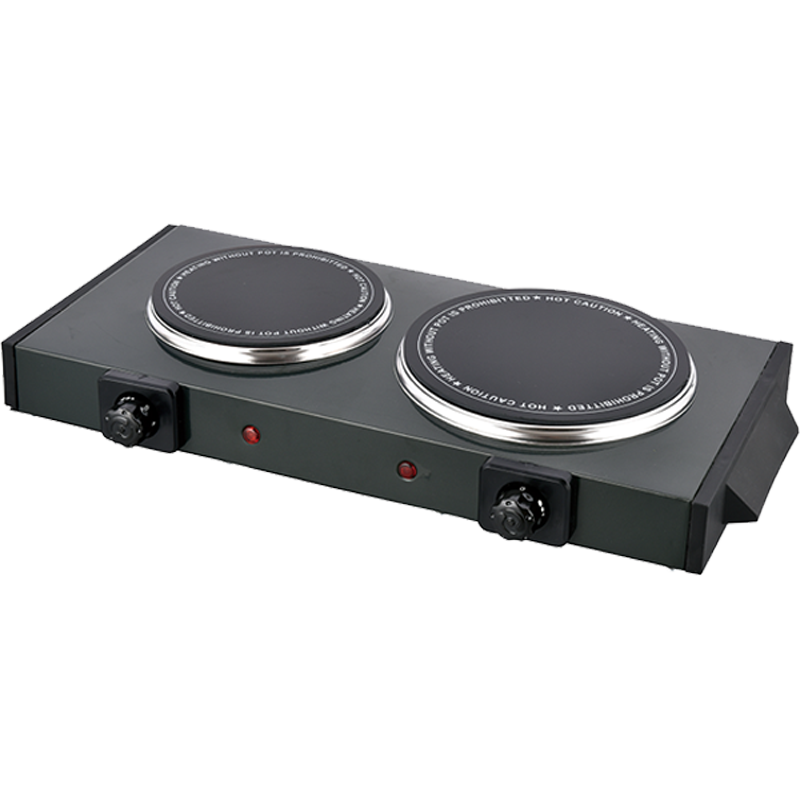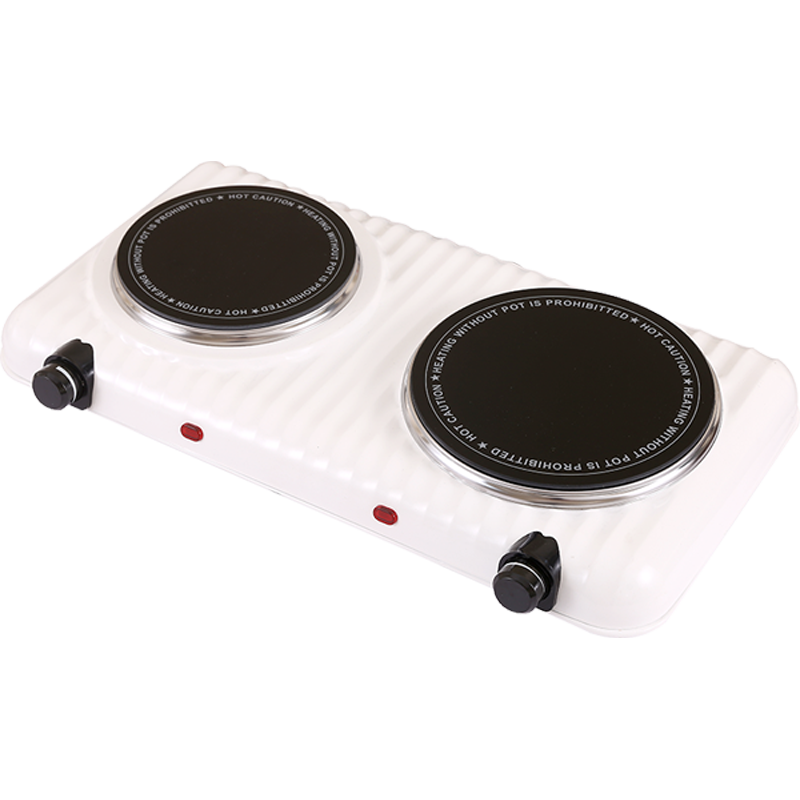+86-579-87253168
A Cooking Stove is no longer just a basic appliance—it is now evolving into a smart, multi-functional tool for both everyday kitchens and emergency readiness. As technology integrates deeper into home life, cooking appliances are gaining new capabilities that enhance safety, convenience, and efficiency.
Today’s smart kitchen environments benefit from appliances that include digital features such as touch interfaces, remote controls, and voice activation. These advancements allow users to monitor cooking activity in real time, manage energy consumption, and maintain consistent temperatures with greater accuracy. The ability to connect with home systems adds another layer of functionality and control.
Energy efficiency is one of the central focuses of these advancements. With real-time data, users can better regulate heating levels, leading to reduced energy usage and less food waste. Some units also include built-in safety alerts that notify users of overheating or unusual activity.
While these innovations improve performance, they also highlight the importance of safe usage. Installing the unit on a flat, stable surface and away from combustible materials is essential. Ensuring proper ventilation helps reduce the buildup of smoke and prevents harmful gases from accumulating in enclosed spaces.
Households with children or pets should take extra precautions. Barriers and child safety locks can minimize the risk of burns or accidental activation. Cookware should have sturdy, heat-resistant handles to prevent tipping or spillage. Maintaining close supervision during use is also important—leaving a stove unattended, even briefly, can lead to dangerous outcomes.
Cleanliness plays a significant role in ensuring safety. Accumulated grease or food debris can catch fire if not cleaned regularly. Burner surfaces, drip trays, and surrounding areas should be wiped down after each use to avoid buildup.
In homes that use gas models, regular leak checks are crucial. Any unusual odor or sound may indicate a gas leak. Immediate shutdown and avoiding the use of electrical devices nearby is recommended until the area is confirmed safe.
Additional safety steps include installing smoke detectors and placing a fire extinguisher nearby. Knowing how to use these tools in an emergency adds peace of mind. For electric units, unplugging them when not in use and keeping cords away from heated areas is advised.
Portable models have also seen significant development, especially in preparation for outdoor cooking or use during power outages. Compact, easy-to-store units are a practical part of home emergency kits. These designs often include foldable features, interchangeable fuel types, and lightweight materials, making them ideal for various living conditions.
Many portable stoves are also environmentally conscious. Some use cleaner fuel options or include rechargeable battery support. With features that block wind and concentrate heat, these stoves enhance cooking efficiency while reducing emissions.
Urban dwellers, in particular, find these models useful due to space constraints. A compact unit can serve as a primary or backup option, adding flexibility to modern apartment living. The ability to cook meals or boil water in limited space makes these units increasingly relevant.
With continuous innovation in design and materials, including the use of heat-resistant finishes and safety features like automatic shut-off mechanisms, the cooking stove is becoming a more intelligent and adaptable tool. Whether it’s used daily or during emergencies, it remains an essential part of a functional home.




 عربى
عربى